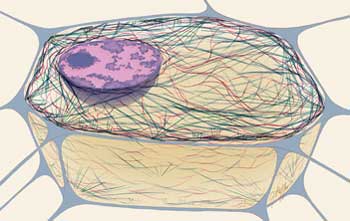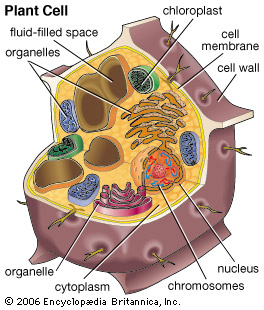Cards: 13|
Attempts: 0|
Last updated: Sep 16, 2015
Mitochondria
 Power House..site Of Cellular Respiration
Power House..site Of Cellular Respiration Cytoskeleton
 Network Of Protiens, Filaments, Shape Of Cell...
Network Of Protiens, Filaments, Shape Of Cell... Vacuoles
 Sac To Store Food, Enzymes And Waste
Sac To Store Food, Enzymes And Waste Cell Membrane
Controls What Goes In & Out Of Cell
Cards: 13|
Attempts: 0|
Last updated: Sep 17, 2015
Cytoplasm
The Fluid Between The Nucleus And Surface Mem...
Plasma Membrane
Made Of Protein And Lipids; Regulates What Go...
Organelles
Membrane Bound Particles In The Cell.
Cytoskeleton
Supportive Framework Of The Cell.